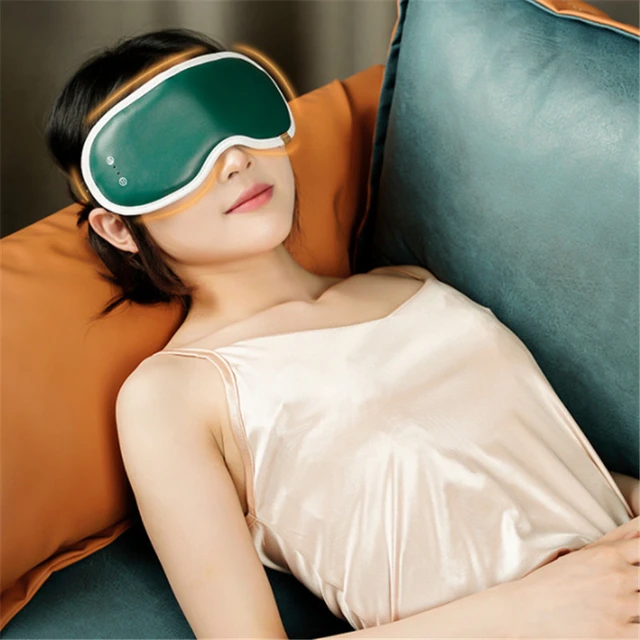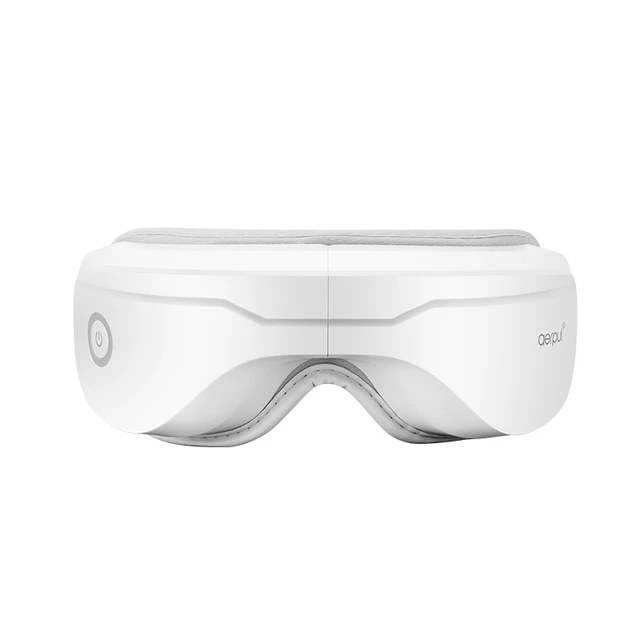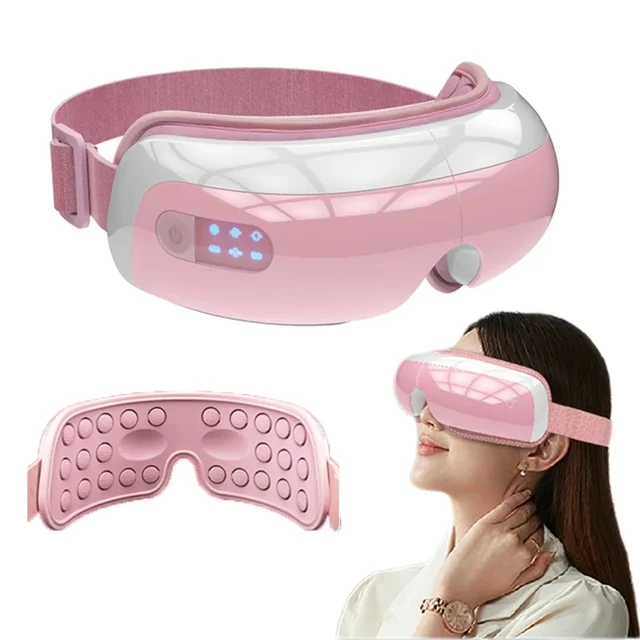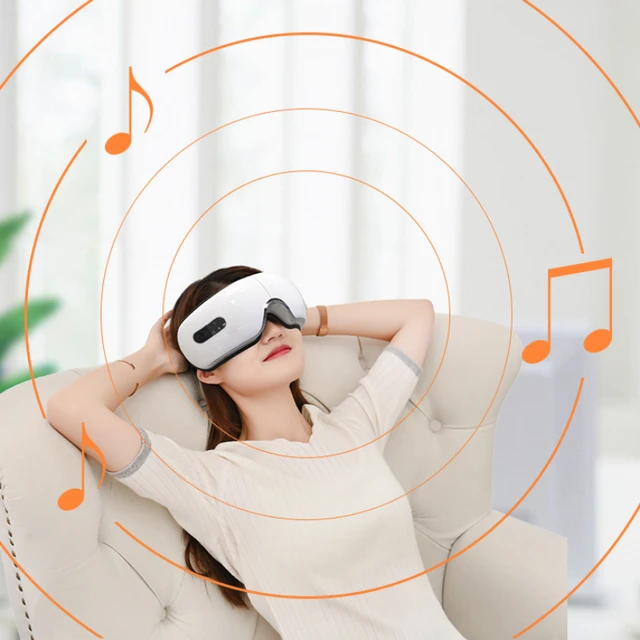Introduction
Cataracts are a common age-related eye condition that affects the clarity of the lens, causing vision impairment. If you have been diagnosed with cataracts or have concerns about their potential development, it is important to understand the possible impact of using an eye massager. In this guide, we will discuss the considerations and safety precautions to keep in mind when using an eye massager with cataracts.

Can you use an eye massager if you have cataracts?
I. Understanding Cataracts
-
Nature of Cataracts:
- Cataracts occur when the proteins in the lens of the eye start to break down and clump together, causing clouding or opacity that affects vision. They are typically age-related but can also result from other factors like genetic predisposition, trauma, or certain medical conditions.
-
Effects on Vision:
- Cataracts cause a range of symptoms, including blurred vision, sensitivity to light, difficulty seeing at night, and reduced color perception. The severity and progression of symptoms can vary in each individual.
II. Consultation with an Eye Care Professional
-
Importance of Professional Advice:
- Before using an eye massager, it is crucial to consult with an eye care professional, such as an optometrist or ophthalmologist. They can provide personalized guidance based on your specific eye health, including the presence of cataracts.
-
Assessment of Cataract Severity:
- An eye care professional will evaluate the severity of your cataracts and discuss any potential limitations or risks associated with using an eye massager. They can provide tailored recommendations based on your specific situation.

III. Safety Precautions
-
Gentle Massage Techniques:
- When using an eye massager, opt for gentle massage techniques that do not involve excessive pressure or intense vibrations. Avoid any techniques that could potentially strain or further impact the delicate lens affected by cataracts.
-
Low Heat Settings:
- If your eye massager includes a heat function, it is important to use the lowest heat setting available. Higher temperatures can potentially exacerbate the symptoms associated with cataracts or cause discomfort.
IV. Avoiding Direct Contact with the Eyes
-
Lens Sensitivity:
- The lens affected by cataracts is already compromised, and direct pressure on the lens can potentially worsen the condition or cause discomfort. Always ensure that the eye massager avoids direct contact with the eyes, providing a gentle massage around the eye area instead.
-
Focusing on Periocular Muscles:
- Instead of focusing directly on the lens or eye itself, target the periocular muscles surrounding the eye. Applying gentle pressure and massaging these muscles can still promote relaxation and relief without posing any risk to the lens.

V. Monitoring Symptoms and Discomfort
-
Increased Discomfort:
- If you experience any increased discomfort, pain, or worsening of vision after using an eye massager, discontinue use immediately. Contact your eye care professional and discuss your symptoms to ensure there are no adverse effects associated with your cataracts.
-
Immediate Medical Attention:
- If you encounter sudden changes in vision, severe pain, or any other concerning symptoms after using an eye massager, seek immediate medical attention. These symptoms may indicate a complication or an unrelated issue requiring prompt evaluation.
VI. Alternative Approaches to Relieve Eye Strain
-
Non-Contact Massage Techniques:
- If using an eye massager is not recommended or causes discomfort due to cataracts, consider alternative non-contact techniques to relieve eye strain. These may include gentle self-massage around the eye area using clean fingertips or applying warm compresses for relaxation.
-
Effective Eye Rest Strategies:
- Incorporate effective eye rest strategies into your daily routine. Practice the 20-20-20 rule (looking at an object 20 feet away for 20 seconds every 20 minutes), take regular breaks from screen time, and ensure proper lighting to alleviate eye strain.
VII. Surgical Intervention for Cataracts
-
Discussing Surgical Options:
- If your cataracts progress and impact your quality of life, your eye care professional may recommend surgical intervention. Cataract surgery involves the removal of the clouded lens and the insertion of an artificial intraocular lens.
-
Post-Surgery Considerations:
- If you undergo cataract surgery, you will receive specific guidelines for post-operative care and recovery. It is important to follow these instructions and consult your eye care professional regarding the use of an eye massager during this period.

IX. Additional Tips for Cataract Care and Eye Health
-
Regular Eye Examinations:
- Regular eye examinations are crucial for monitoring the progression of cataracts and overall eye health. Follow your eye care professional’s recommended schedule for check-ups and adjustments to your eye care routine.
-
UV Protection:
- Protecting your eyes from harmful ultraviolet (UV) radiation is important for everyone, including those with cataracts. Wear sunglasses with UV protection when outdoors, choose wide-brimmed hats, and avoid prolonged exposure to direct sunlight.
-
Adequate Lighting:
- Ensure proper lighting conditions when reading, using screens, or engaging in activities that require visual concentration. Well-lit environments can minimize eye strain and alleviate discomfort associated with cataracts.
-
Healthy Lifestyle Choices:
- Maintain a healthy lifestyle to support overall eye health and manage the impact of cataracts. This includes eating a balanced diet rich in fruits and vegetables, staying hydrated, getting regular exercise, and avoiding habits such as smoking that can negatively affect eye health.
-
Follow your Eye Care Professional’s Recommendations:
- Your eye care professional will provide personalized recommendations based on your specific cataract condition and unique eye health. Follow their advice regarding the use of eye massagers, as well as other aspects of your cataract care and overall eye health.

VIII. Conclusion: Prioritizing Eye Health with Cataracts
When using an eye massager with cataracts, it is essential to prioritize safety and consult with an eye care professional for personalized advice. While gentle massage techniques and low heat settings can minimize risks, it is important to avoid direct contact with the lens and monitor any changes or discomfort after use.
If using an eye massager is not recommended or causes discomfort due to cataracts, alternative non-contact techniques and effective eye rest strategies can still provide relief from eye strain.
Remember that each individual’s cataracts and eye health are unique, and professional guidance is vital in ensuring the safe and appropriate use of an eye massager. By prioritizing your eye health and seeking personalized advice, you can make informed decisions regarding the use of an eye massager while managing cataracts effectively.

